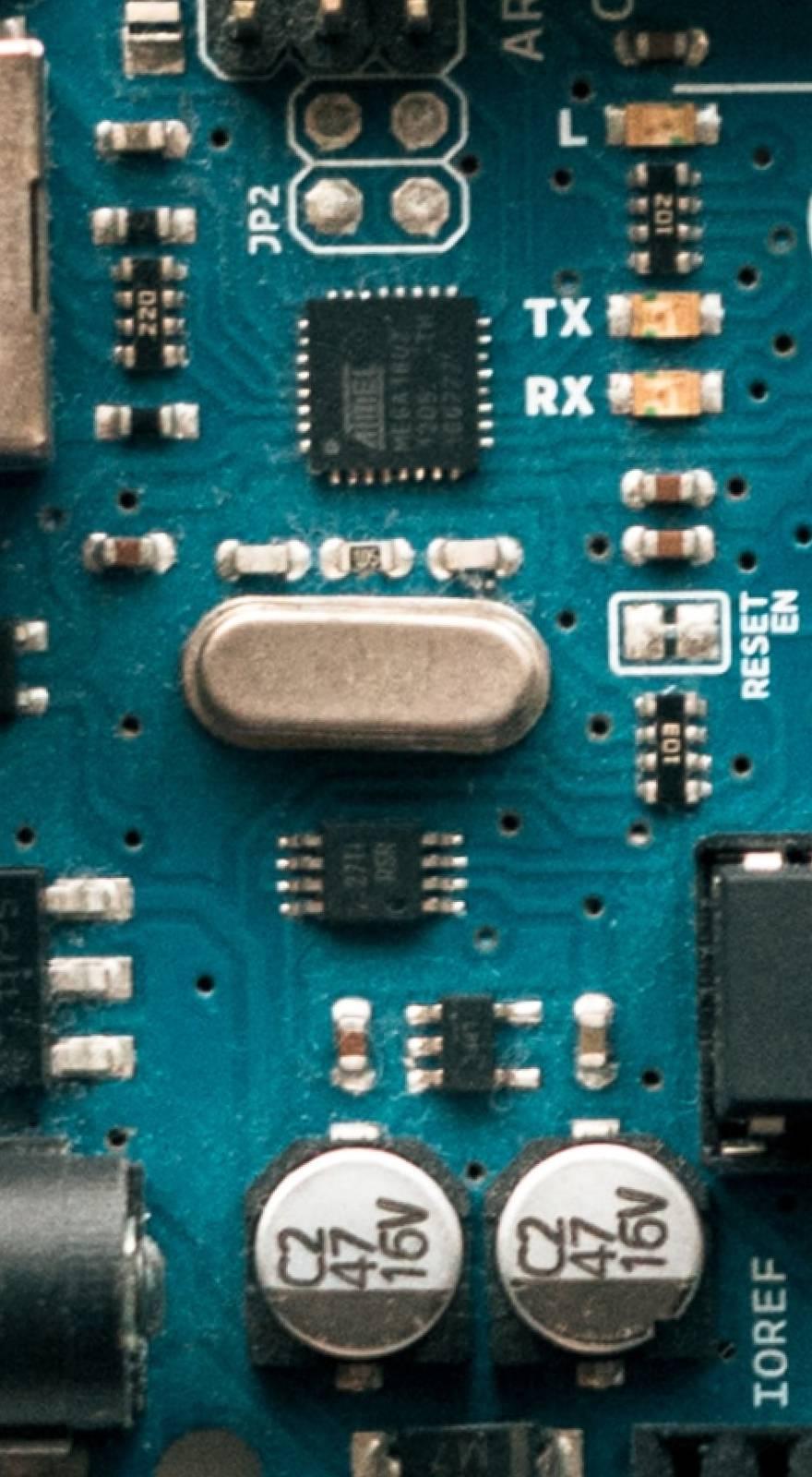Knowde Enhanced TDS
Identification & Functionality
- Polymer Name
- Composite Materials Functions
- Technologies
- Product Type
70°C (158°F) to 135°C (275°F) Cure
Flexible Cure High Temperature Resistant Cyanate Ester Component Prepreg
Features & Benefits
- Materials Features
- Product Highlights
- Flexible low to medium cure schedules 70°C (158°F) to 135°C (275°F)
- 4 days shelf life at ambient temperature
- Inherently flame retardant with low toxic gas and smoke generation
- Excellent drapeability—complex shapes easily formed
- Maximum Tg (DMTA—onset) 335°C (635°F)
- Good dimensional stability and thermal durability up to 250°C (482°F) after post cure
- Excellent surface finish
- Low volatile content—no solvents used during processing
Applications & Uses
- Applications
- Composites End Use
- Composites Processing Methods
- Recommended Applications
- Motorsport & Formula 1
- Automotive
- Industrial
- High temperature Applicationss such as brake ducts
- Processing Method
Following removal from refrigerated storage, allow the prepreg to reach room temperature before opening the polythene bag to avoid moisture condensation. Typically, the thaw time for a full roll of material will be 4 to 6 hours. Cut patterns to size and lay-up the laminate in line with design instructions taking care not to distort the prepreg. If necessary, the tack of the prepreg may be increased by gentle warming with hot air. The lay-up should be vacuum debulked at regular intervals using a P3 (pin pricked) release film on the prepreg surface; vacuum of 980 mbar (29 in Hg) is applied for 20 minutes. For autoclave cures, use of a nonperforated release film on the prepreg surface trimmed to within 25–30 mm of the prepreg edge is recommended for the cure cycle and a vacuum bag should be installed using standard technique
Properties
- Physical Form
- Typical Properties
- Thermal Properties
| Value | Units | Test Method / Conditions | |
| Density | 1.28 | g/cm3 | — |
| Value | Units | Test Method / Conditions | |
| Tg (DMTA) after 2 hours at 250°C (482°F) post cure Onset | 285 (545) | °C (°F) | — |
| Tg (DMTA) after 2 hours at 250°C (482°F) post cure Peak tan δ | 334 (633) | °C (°F) | — |
| Tg (DMTA) after 2 hours at 300°C (572°F) post cure Onset | 335 (635) | °C (°F) | — |
| Tg (DMTA) after 2 hours at 300°C (572°F) post cure Peak tan δ | 409.5 (769) | °C (°F) | — |
Technical Details & Test Data
- Recommended Cure Cycle
- fIncrease autoclave pressure to 1.4 bar (20 psi) with vacuum applied (29 in Hg)
- Vent to atmosphere and raise pressure to 6.2bar (90psi) (or maximum allowed by core material)
- Increase air temperature at 2°C (3.6°F)min to the required dwell temperature
- Dwell for the recommended time period and cool to 50°C (122°F) prior to removal of the pressure
- To obtain the maximum Tg it is essential that a suitable postcure is carried out. e.g., ramp from the cure dwell temperature to 300°C (572°F) at 20°C (36°F)/hour and hold for 2 hours minimum. Cool to 60°C (140°F) at 3°C (5.4°F) per minute. This will produce a laminate with Tg 335°C (635°F) (DMTA Onset)
- Exotherm
In certain circumstances, such as the production of thick section laminates rapid heat-up rates or highly insulating masters, C640 can undergo exothermic heating leading to rapid temperature rise and component degradation in extreme cases. Where this is likely, a cure incorporating an intermediate dwell is recommended in order to minimize the risk
- Moisture Effects
Under certain conditions moisture will react with Cyanate Ester functional groups to produce carbon dioxide gas, and at elevated temperatures trapped gas will expand and may cause the laminate to blister. Care must be taken when defrosting the prepreg to minimize any condensation. All tooling and any molded inserts should be dried prior to use to ensure any absorbed moisture is removed. It is recommended that the post cure takes place immediately after the cure is completed.
Safety & Health
- Product Safety And Shelf Life
Product Safety:
Observe established precautions for handling epoxy resins and fibrous materials—wear gloves.
Shelf Life:
- Out Life: 4 days at 20°C (68°F)
- Storage Life: 6 months at -18°C (0°F)
Out life is the maximum time allowed at room temperature before cure.
To avoid moisture condensation Following removal from cold storage, allow the prepreg to reach room temperature before opening the polythene bag. Typically, the thaw time for a full roll of material will be 4 to 6 hours.

